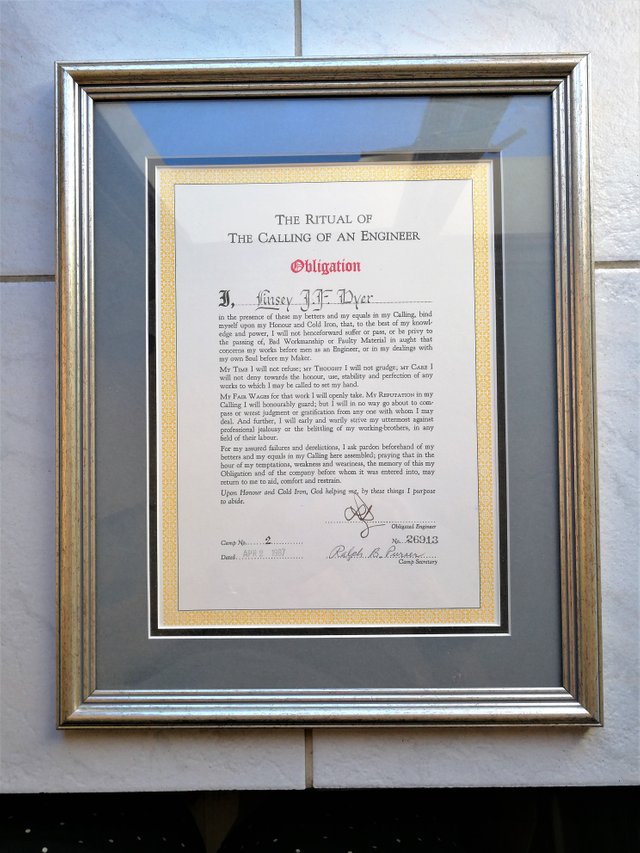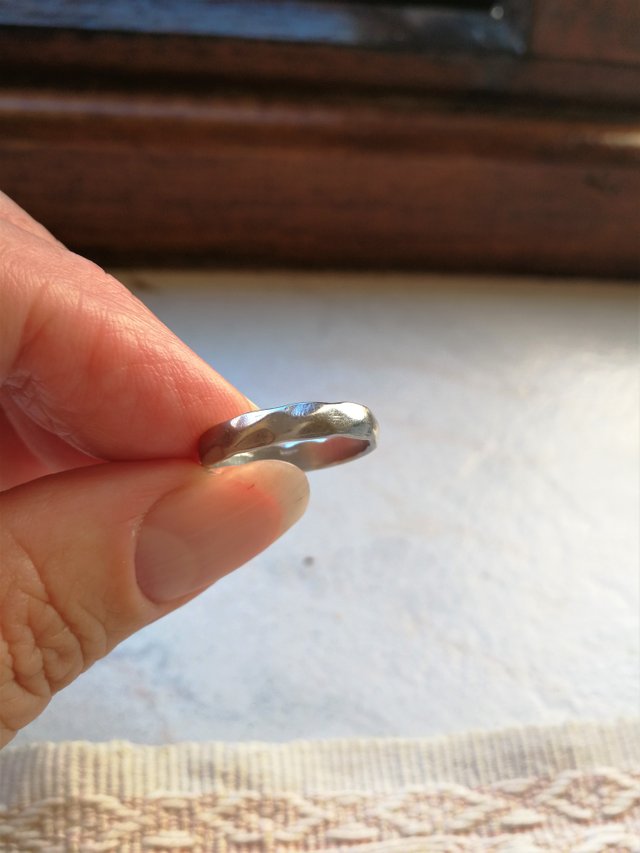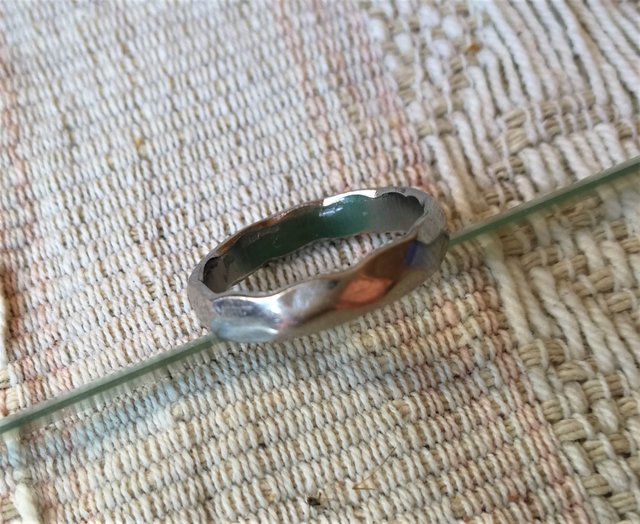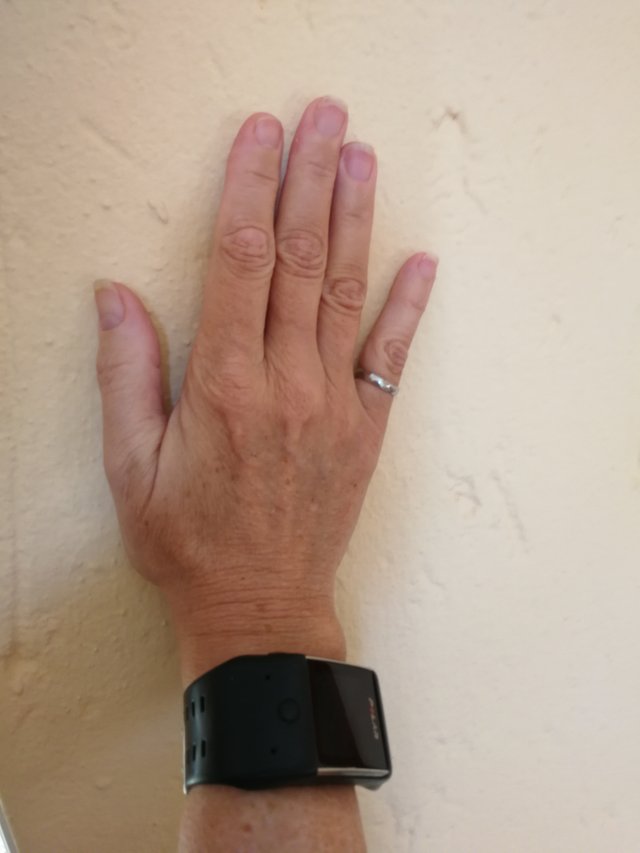The Iron Ring and the Ritual of the Calling of an Engineer
Some rituals should go on the garbage heap of history, while some others have merit even if they are surrounded by arcane practices which might seem outdated and even silly to some of us.
On Saturday, I posted about a certain kind of ritual which I feel belongs in the first category, the quicker the better. The practice of running horses through blazing bonfires to "purify and protect" them is nothing short of barbaric.
The Ritual of the Calling of an Engineer
This nearly century-old Canadian ritual belongs in the second category. This is a ritual which incites a young engineer, newly-graduated with a crisp engineering degree to their name, to put their ego behind them and think about their obligation to society as a professional.
For the young engineer, it's basically a message of how they shouldn't let the degree go to their heads, as they have much to learn.

For the older, more experienced engineer, it's a reminder of their professional obligation to share that experience with younger engineers.
History of the Ritual
I knew nothing of the Iron Ring as I entered the undergraduate engineering programme in McGill University in Montreal. I realised it was a "thing" when in the old (i.e. built sometime during the 1800s) McDonald Engineering Building, I saw there was a room at the top of the main entrance stairs called an "Iron Ring Room". It was a lounge for engineering students for many years, then was transformed into a computer shop...and now, I don't know if it's even still there. It gradually dawned on me this Iron Ring thing was a big deal.
Well, I learned something new as I researched this, because the legend I had learned about the Iron Ring was that its origins lay in the collapse of the Quebec Bridge in 1907 while it was under construction, killing 75 construction workers. The design engineers were blamed for an error in judgment, but the story is much more convoluted than that, one of the reasons for the thinking behind the Iron Ring - most situations are not black and white, and people's decisions have domino-effect consequences, as this more detailed description of the collapse describes.
The profession was forced to look itself in the mirror when, during the second attempt to build the bridge, it collapsed again in 1916 while the centre span was being hoisted into place, killing a further 10 people. If memory serves (and frankly, it might not), the main issue there was considered to be lax supervision by the site engineers.
The legendary part of the story is that the original Iron Rings were made from cast iron from the bridge. According to this Canadian engineering faculty site:
Contrary to popular belief the first rings were not made from iron from the collapsed bridge. But the collapse of the bridge led to the tradition of the Iron Ring to symbolize the humility and fallibility of engineers.
So the genesis of first rings might not have been so poetic (the Dark Lord Sauron didn't forge them in the fires of Orodruin, for instance), but the imagery of that tangled mess of girders still works as a sober reminder of the consequences of lack of care and an unprofessional approach to the engineering task at hand.

The Ritual of the Calling of an Engineer has a history dating back to 1922, when seven past-presidents of the Engineering Institute of Canada attended a meeting in Montreal with other engineers. One of the speakers was civil engineer Professor Haultain of the University of Toronto. He felt that an organization was needed to bind all members of the engineering profession in Canada more closely together. He also felt that an obligation or statement of ethics to which a young graduate in engineering could subscribe should be developed. The seven past-presidents of the Engineering Institute of Canada were very receptive to this idea.
Haultain wrote to Rudyard Kipling, who had made reference to the work of engineers in some of his poems and writings. He asked Kipling for his assistance in developing a suitably dignified obligation and ceremony for its undertaking. Kipling was very enthusiastic in his response and shortly produced both an obligation and a ceremony formally entitled "The Ritual of the Calling of an Engineer."
Here's my Obligation:

(My signature has changed so much that I'm not stressed anyone would be able to use this one for nefarious purposes.)
What's the Ring made of, what does it look like and what does it symbolise?
The original cast iron rings used to eventually turn their wearers' fingers black, so the rings are now manufactured from stainless steel. According to Wikipedia,
The Ring itself is small and understated, designed as a constant reminder, rather than a piece of jewelry. The Rings were originally hammered manually with a rough outer surface. The modern machined ring design is unique, a reminder of the manual process. Twelve half-circle facets are carved into the top and bottom of the outer surface, with the two sets of facets offset rotationally by fifteen degrees.

Fun fact: even a robber can recognise a cheap piece of steel
When I bought mine in 1987, I think I paid $5 for it. Canadian dollars. I heard about 20 years ago that they cost a fledgling engineer the princely sum of $8 by then. I have no idea how much they are now, and if any Canadian engineers are reading this and can tell me, I'm really curious what the inflation is on a bit of cheap stainless steel.
It's easy to see this is stainless steel. Nobody would accuse the Iron Ring of being fine jewellery. In 2001, I was caught in quite a vicious armed robbery in Johannesburg, and was relieved of over R30 000 worth of "stuff" I shouldn't have been carrying, like sunglasses, jewellery and other valuables.

You guessed it, the robbers didn't steal this.
Why is it bumpy?
One of the core design elements of the Ring is that it starts out bumpy, and as the engineer works through their career and smooths the metaphorical bumps from their professional attitude, the Ring also smooths out.

So the Ring, which is worn on the little finger of the working hand, in effect symbolises the engineer's career.

I had a colleague, kind of an elder statesman of the engineering world when I was starting out, and his Ring was smooooth.
We were told when we received ours in 1987 not to wear it next to a wedding ring, as that would mean we confused our personal and professional lives. I couldn't find that old saw in any of my research, so I suspect the powers of the Ring have quietly buried that bit of advice.
We were told many other things during the Ritual, but were enjoined not to tell any Ringless humans about it, especially not journalists.
Does it still have significance to Canadian engineers?
Yes, and not just Canadian engineers. Some American engineers now wear Iron Rings as well.
Mine still has significance to me personally, even though I no longer practice as an engineer. I can see an Iron Ring at 50 paces, and have met Canadian engineers from around the world in the most unexpected places - because they were wearing their Iron Rings. When Ring-wearers meet, we have an instant connection, forged not from the tragic collapse of a bridge, but from the knowledge that our profession is one which has an impact on society (and that we at least lived in Canada for the duration of our engineering studies).
So yes, some rituals might still be worth maintaining.
References
http://www.ironring.ca/background.php
https://en.wikipedia.org/wiki/Iron_Ring
http://www2.ensc.sfu.ca/undergrad/euss/enscquire/Vol10No2/page9_1.htmlhttps://gineersnow.com/engineering/canadian-trained-engineers-wear-iron-rings
https://gineersnow.com/engineering/canadian-trained-engineers-wear-iron-rings
https://www.mysteriesofcanada.com/quebec/quebec-bridge-collapse/

Team South Africa banner designed by @bearone
Congratulations @kiligirl! You have completed the following achievement on the Steem blockchain and have been rewarded with new badge(s) :
Click here to view your Board
If you no longer want to receive notifications, reply to this comment with the word
STOPTo support your work, I also upvoted your post!
Thank you, @steemitboard.
Hi kiligirl,
Visit curiesteem.com or join the Curie Discord community to learn more.
Thank you, @curie! I really appreciate it.
That's a fascinating story. I agree with you. I recently read a story by Nigerian Steemian that dealt with the barbaric practice of female mutilation. Practices like those are criminal and people who allow new generations to be the victims of such practices should be institutionalized :)
The story of the engineer ring is a great one and other professions should have similar symbols that bind them together. I wonder if they do.
Wow - FGM...that's on a whole different level of wrong, @hlezama. I'm glad you found something interesting in this story, and yes, I wonder if other professional organisations have a similar sort of symbolism to rally them around a greater purpose. Would be interesting if anyone out there could share.